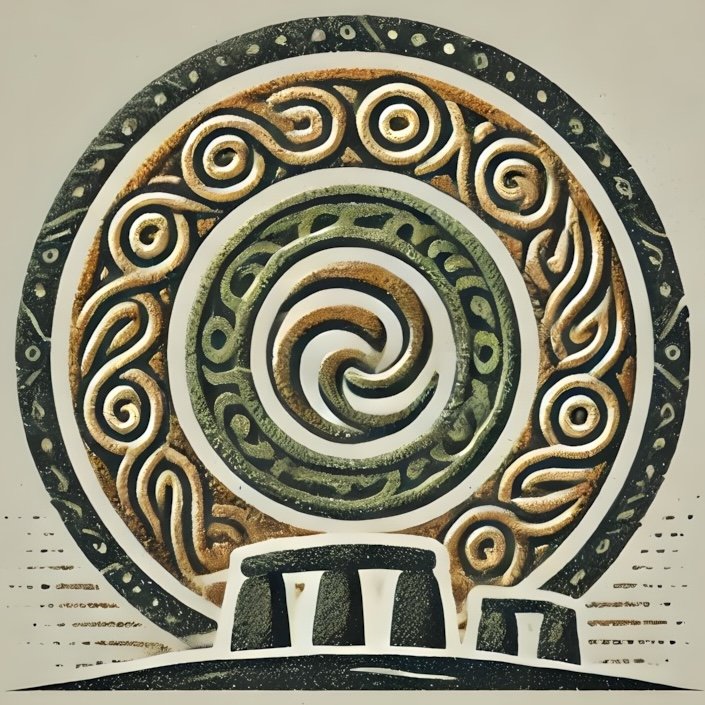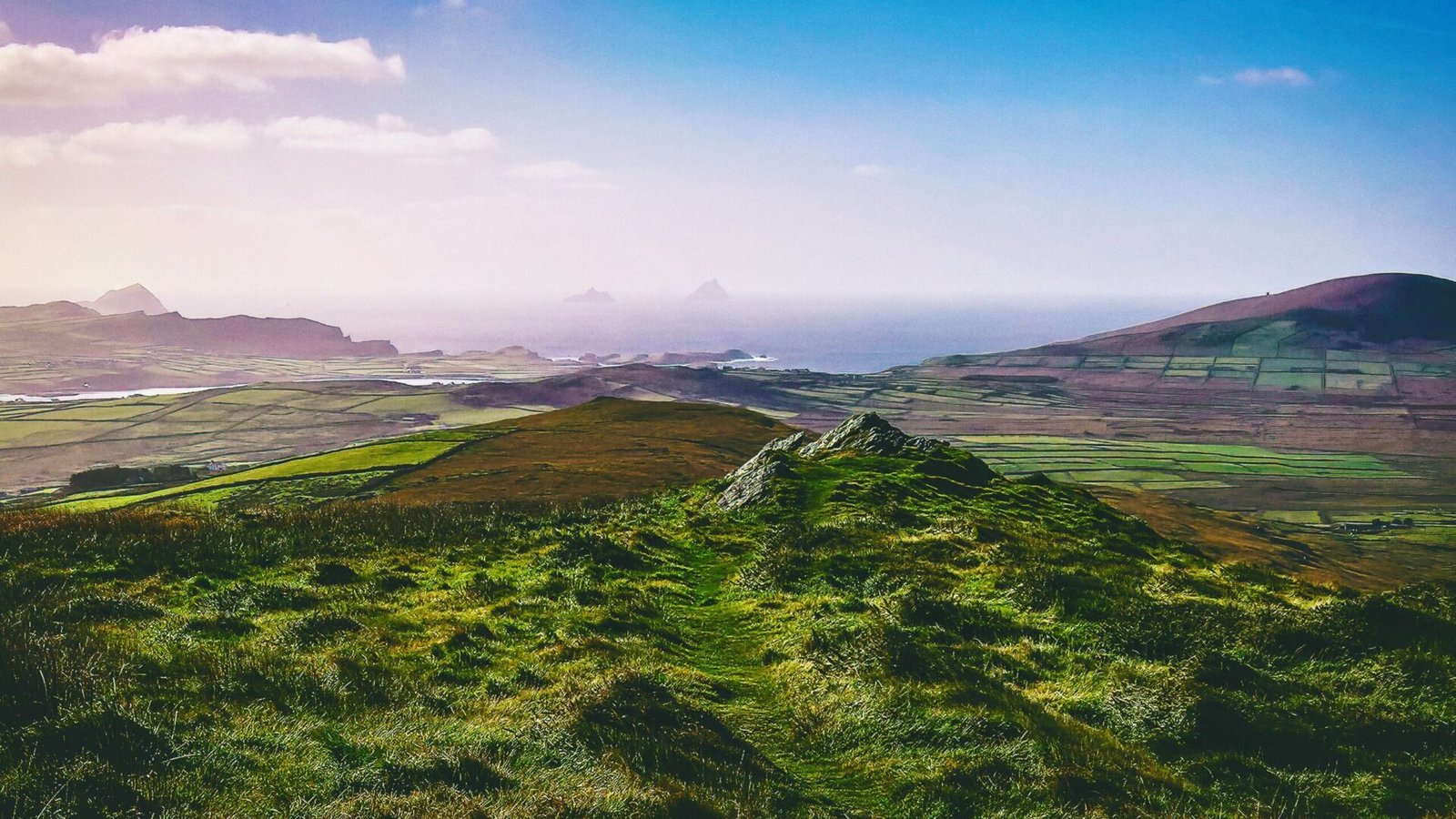The story of Ireland is a tapestry woven from threads of myth, history, and culture, with the arrival of the Celts marking a significant turning point in this intricate narrative. The Celtic transformation of Ireland is a captivating chapter that intertwines the threads of invasion, assimilation, language, art, and cultural shifts, all of which have left an indelible mark on the Irish landscape. This pillar page will explore these themes, shedding light on how the Celts shaped Ireland’s identity and heritage.
Did the Celts Invade or Assimilate?
One of the most debated questions among historians and archaeologists is whether the Celts invaded Ireland or assimilated with the existing populations. The traditional view posits that the Celts arrived as conquerors around 500 BCE, bringing with them new customs, technologies, and social structures. However, recent research suggests a more nuanced picture, one that emphasizes cultural exchange over outright invasion.
Archaeological evidence indicates that the Celts may have gradually migrated into Ireland, interacting with and integrating into the local communities rather than displacing them. This process of assimilation would have involved the blending of Celtic and pre-Celtic traditions, leading to a rich cultural amalgamation. The emergence of new burial practices, pottery styles, and settlement patterns supports this idea of a gradual transformation rather than a violent takeover.
The linguistic evidence also points to assimilation. The Gaelic language, which is a branch of the Celtic language family, evolved in Ireland and is believed to have developed from a mix of local and Celtic influences. This linguistic evolution reflects the complex interactions between the incoming Celts and the indigenous populations, suggesting a shared cultural heritage rather than a stark division.
Language: The Celtic Tongue
Language is a powerful marker of identity, and the arrival of the Celts brought significant linguistic changes to Ireland. The Celtic languages, particularly Gaelic, became the dominant tongue, shaping the way people communicated, expressed their thoughts, and shared their stories. Gaelic, with its melodic tones and intricate grammar, became the vehicle for the rich oral traditions that would later be recorded in written form.
The influence of Celtic language can still be felt today, as many Irish place names, personal names, and words in modern Irish derive from this ancient tongue. The language is not just a means of communication; it is a vessel of culture, carrying with it the myths, legends, and histories of the Irish people. The stories of heroes like Cú Chulainn and the tales of the Tuatha Dé Danann are deeply rooted in the Gaelic language, illustrating how language and culture are inextricably linked.
Moreover, the spread of the Celtic language contributed to the formation of a distinct Irish identity, one that was separate from its neighbors. This linguistic unity fostered a sense of belonging among the people, allowing them to forge connections through shared stories and cultural references. The legacy of the Celtic language continues to resonate today, as efforts to revive and promote the Irish language gain momentum, further enriching the cultural landscape of modern Ireland.
Art and Cultural Shifts
The arrival of the Celts also heralded a significant transformation in artistic expression and cultural practices. The Celts were renowned for their intricate metalwork, textiles, and decorative arts, which reflected their beliefs, values, and social structures. The infusion of Celtic artistry into Ireland led to a flourishing of creativity, with artisans producing stunning works that celebrated both the natural world and the spiritual realm.
Celtic art is characterized by its intricate patterns, swirling motifs, and representations of animals and mythical creatures. These designs often conveyed deeper meanings, serving as symbols of power, protection, and connection to the divine. The Book of Kells, an illuminated manuscript created by Celtic monks in the 9th century, is a prime example of this artistic legacy, showcasing the fusion of Christian and Celtic imagery in breathtaking detail.
Cultural shifts during the Celtic transformation also included changes in religious practices. The Celts brought with them a polytheistic belief system, worshipping a pantheon of gods and goddesses associated with nature, war, and fertility. Sacred sites, such as hill forts and stone circles, became focal points for rituals and ceremonies, marking the landscape with spiritual significance. The blending of Celtic and indigenous spiritual practices created a rich tapestry of beliefs that would endure through the ages.
As the Celts settled in Ireland, they also established social hierarchies and tribal structures, influencing the organization of communities. The emergence of chieftains and warrior classes marked a departure from earlier egalitarian societies, leading to the development of complex social dynamics. These changes laid the groundwork for the political landscape of medieval Ireland, where clans and kingdoms would vie for power and influence.
The La Tène Style in Ireland
One of the most significant artistic movements associated with the Celtic transformation is the La Tène style, which emerged around 500 BCE and continued to flourish until the Roman conquest of Gaul. This style is characterized by its elaborate metalwork, intricate designs, and a focus on natural forms. In Ireland, the La Tène style manifested in various forms, including weaponry, jewelry, and ceremonial objects.
The La Tène artifacts discovered in Ireland showcase the skill and creativity of Celtic artisans. Items such as ornate brooches, decorated swords, and intricately designed shields reflect not only the technical expertise of the craftsmen but also the cultural values of the society. These objects often served practical purposes while also conveying status and identity, illustrating the interconnectedness of art and social dynamics.
Archaeological sites, such as the Hill of Tara and the ancient burial mounds of Newgrange, provide valuable insights into the La Tène period in Ireland. These sites reveal a landscape rich in history, where the Celts left their mark through both monumental architecture and everyday objects. Visiting these locations allows one to step back in time, experiencing the echoes of a vibrant culture that thrived in harmony with the land.
The Enduring Legacy of the Celtic Transformation
The Celtic transformation of Ireland is a multifaceted narrative that encompasses invasion, assimilation, language, art, and cultural shifts. This period marked a profound change in the identity of the Irish people, shaping their beliefs, traditions, and artistic expressions. The legacy of the Celts continues to resonate in modern Ireland, where the echoes of their influence can be seen in the language, art, and cultural practices that endure today.
As you explore the Irish landscape, take the time to visit key sites that connect you to this rich history. From the ancient burial mounds of Newgrange to the mystical Hill of Tara, each location tells a story of the Celtic transformation and invites you to delve deeper into the captivating world of Irish prehistory. The journey through this enchanting past is not just a walk through history; it is an exploration of the very essence of what it means to be Irish.

